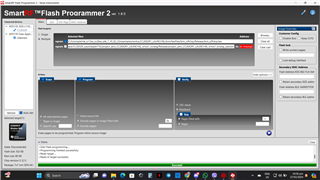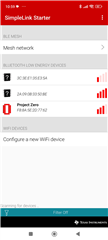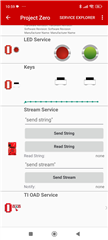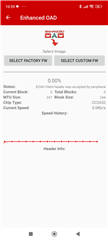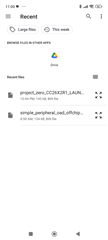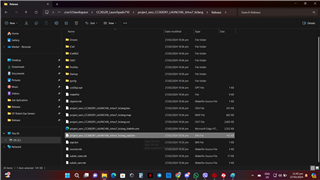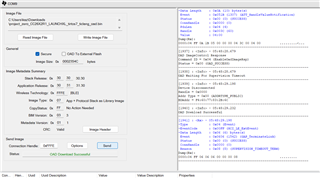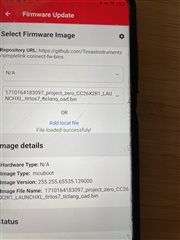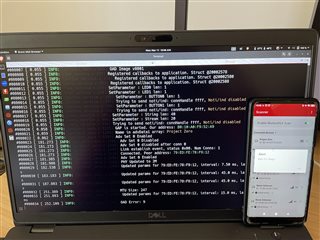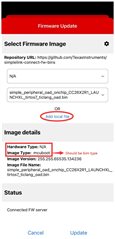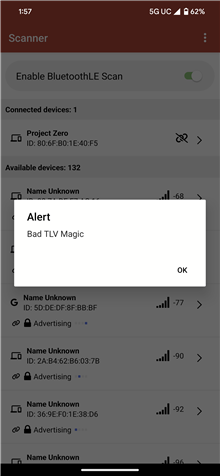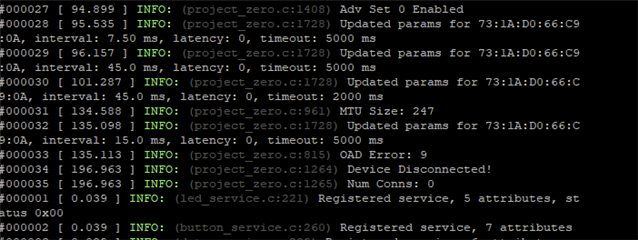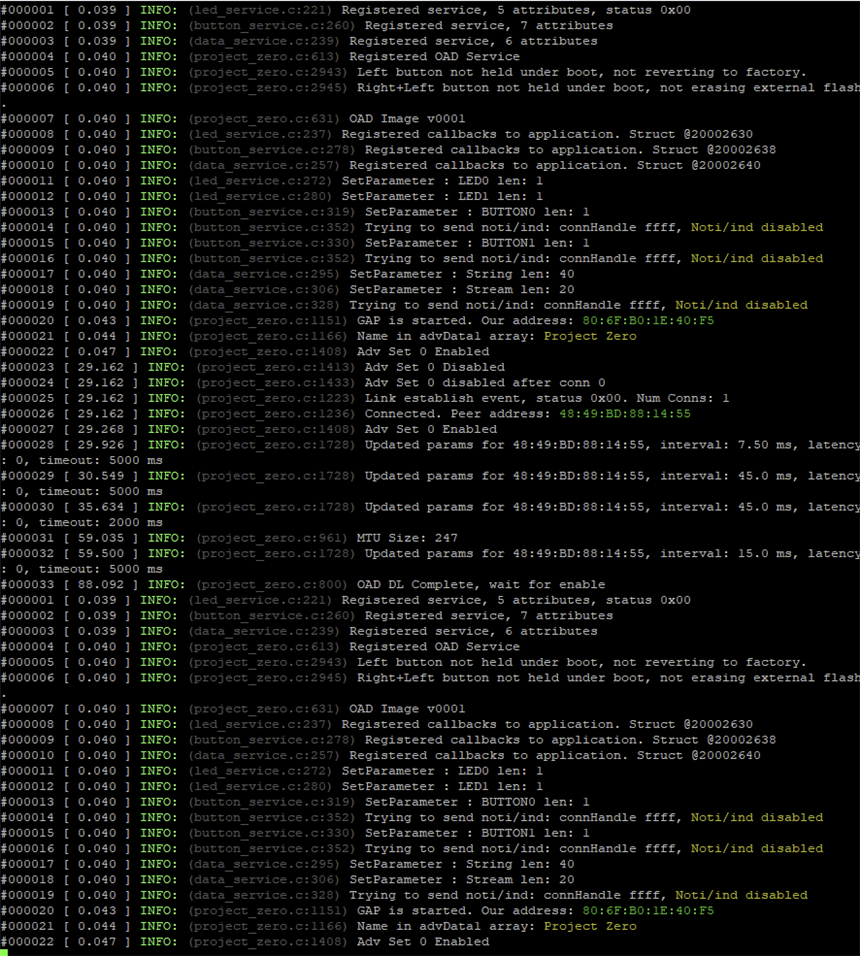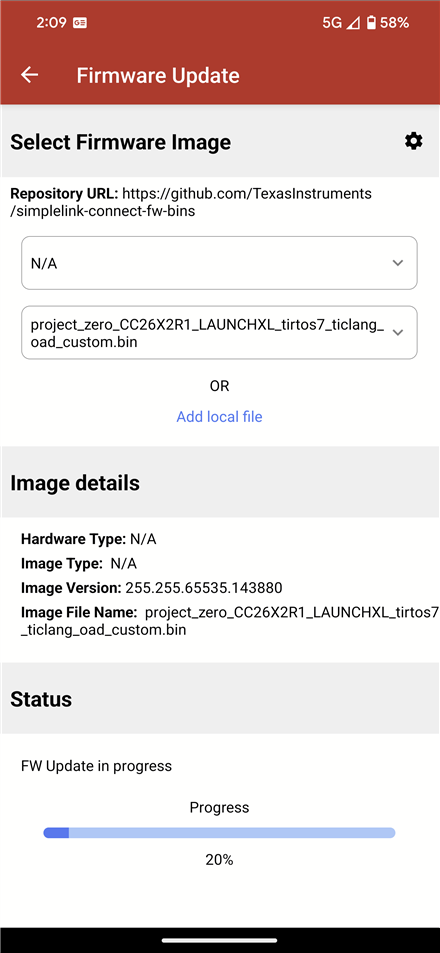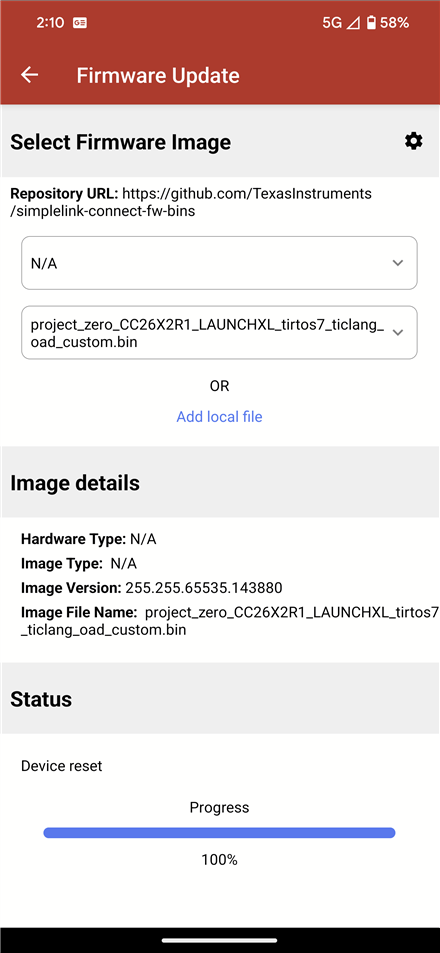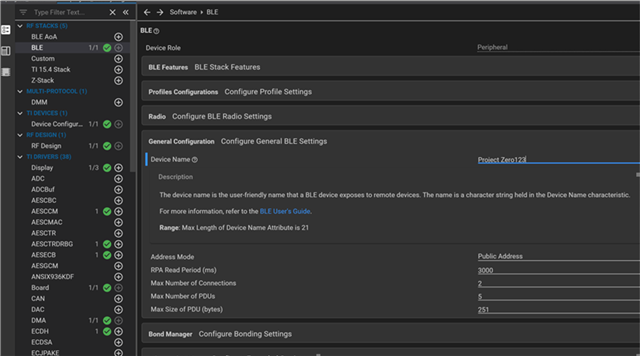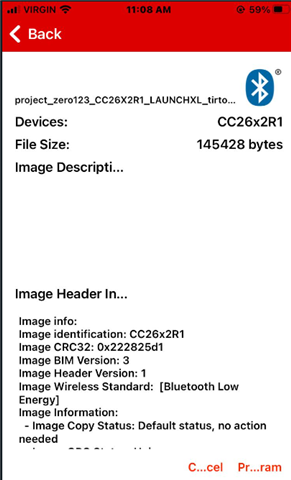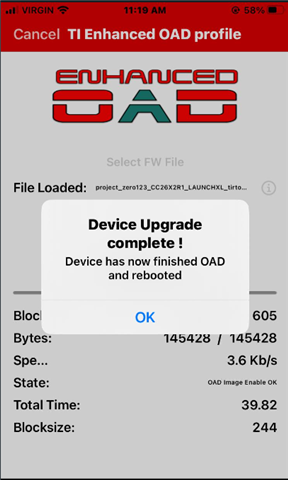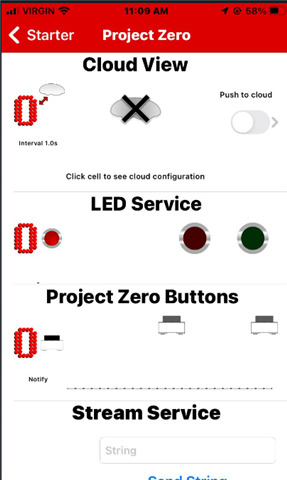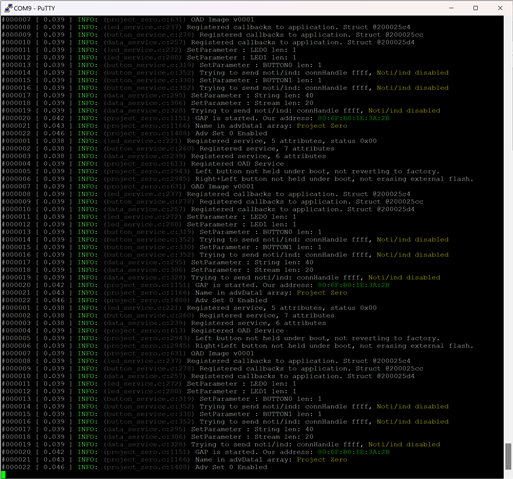Other Parts Discussed in Thread: UNIFLASH, CC2652R, SYSCONFIG
Hi there!
I am testing this new Simplelink Connect app with my cc26x2r launchpad.
- Version of the app is 1.3.4.
- My device is iphone12.
- The code "receiving" the update is "project_zero" vanilla, no code modifications, from your SDK v7.10.
I was able to open the app, find the peripheral, connect, flash one of the included "simple_peripheral" codes that the app dropdown offers. Cool!
However, problems appear when I try to flash one code generated by CCS instead of these included in the dropdown. The code I try to flash is the same "project_zero" vanilla. I don't mind, just for the sake of the test.
I open project zero source code with Code Composer Studio v11.2 and I build and run the example from the IDE. No Uniflash tool involved. I did not need Uniflash in the previous test which worked fine.
I do NO code modifications. I just add these lines to the project properties last step so the tool generates a MCUboot-enabled OAD image.
Src:
These 2 were already there:
${CG_TOOL_HEX} -order MS --memwidth=8 --romwidth=8 --intel -o ${ProjName}.hex ${ProjName}.out
${COM_TI_SIMPLELINK_CC13XX_CC26XX_SDK_INSTALL_DIR}/tools/common/oad/oad_image_tool --verbose ccs ${PROJECT_LOC} 7 -hex1 ${ConfigName}/${ProjName}.hex -k ${COM_TI_SIMPLELINK_CC13XX_CC26XX_SDK_INSTALL_DIR}/tools/common/oad/private.pem -o ${ConfigName}/${ProjName}_oad
These 2 I added them:
${CG_TOOL_ROOT}/bin/tiarmobjcopy ${ProjName}.out --output-target binary ${ProjName}.bin --remove-section=.ccfg
${COM_TI_SIMPLELINK_CC13XX_CC26XX_SDK_INSTALL_DIR}/tools/common/mcuboot/imgtool sign --header-size 0x100 --align 4 --slot-size 0x4C000 --version 1.0.0 --pad-header --key ${COM_TI_SIMPLELINK_CC13XX_CC26XX_SDK_INSTALL_DIR}/source/third_party/mcuboot/root-ec-p256.pem ${ProjName}.bin ${ProjName}.bin
When I try to "update fw" with the app, it complains about "Bad TLV magic". And since I am a very good boy, I also have an opened serial terminal and I can clearly see an "OAD Error: 9" there.
So, what am I doing wrong in this second case?
Please let me know. I am open to perform any needed test.
Thanks to all


